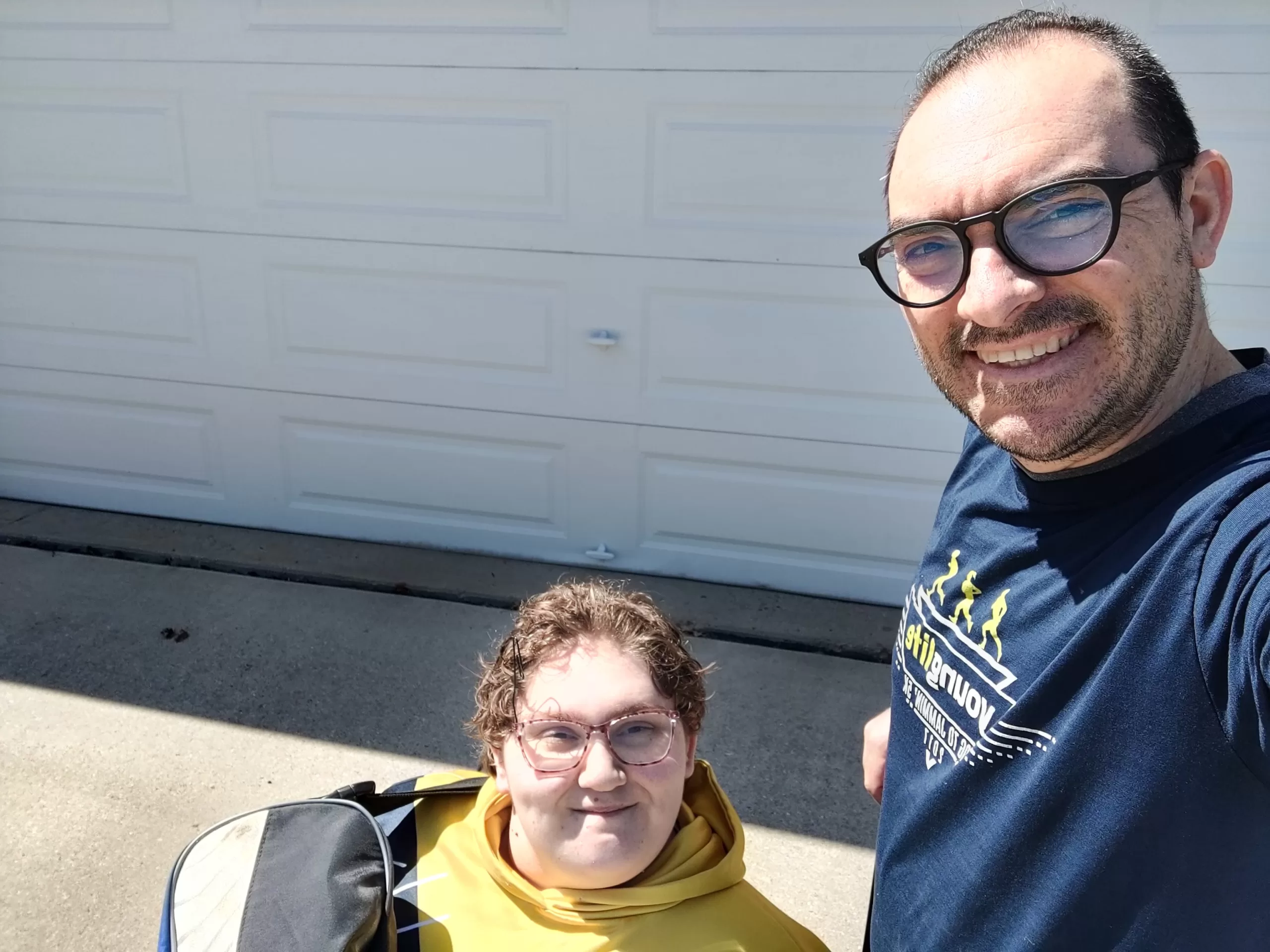Pneumonia can be deadly to any child, but if a post-trach child gets it, the most likely end result is a re-traching. (My spell checker is having fits at those sentences, but it also doesn’t think tracheostomy is a word, so to heck with what it thinks.) Namine has a slight cough; she has had it for a few days now, and we’re not sure what’s going on. It’s not common enough to take her in to the ER, but it raises its head often enough to remind us that it’s still there.
The two most important things to keep in mind are Namine’s heart rate and oxygenation. Each of these is important, but each for a slightly different reason.
Despite Namine’s healthy appearance, cheerful demeanor, and oft-evidenced refusal to show pain, she is still a medically fragile child with a heart defect. With all else going on with her (and only one medication for her heart), it’s easy to forget that at the very center of all of her conditions lies a badly malformed heart. A heart that requires three surgeries to make a normal life possible; a heart that has only had two of those three surgeries. When Namine is ill, her heart rate goes up. An increased amount of stress of her heart increases the likelihood of her needing the third heart surgery sooner. And winter is no time for surgery – the chances of sickness and infection are greater, which is exactly why they’re waiting until spring to repair her hernia and close her g-tube.
As a post-Glen heart patient, Namine’s official hospital-mandated oxygenation “safe zone” is 75%. If her O2 level goes below 75, she’s in trouble. That number is for the typical post-Glen patient, but Namine has ever been far from typical. Namine usually hovers between 88-92, and it is a rare occasion when Namine dips below 85. A rare occasion, except when she’s sick. Sickness is when things turn bad, and when Namine was younger, sickness – nearly any sickness – meant a hospital stay. When she’s sick, Namine’s heart rate goes up and her O2 level goes down. Personally, I’d wager that’s true of anyone – because when you’re sick, your body is not operating at 100% efficiency – but most people have an oxygenation rate of 95+. A little desaturation isn’t going to hurt you, but a lot can do some major damage. As a result, we’d have to take Namine to the hospital, due to the increased need for oxygen.
When Namine was still a tiny thing, she needed to be on 30% humidified oxygen, all the time, no exceptions. As she grew older, her body became stronger and her lungs could deal with room air oxygen. The capped sleep study, when we were nearing decannulation, proved that not only could she be awake and be active with only room air, but that she could sleep through the night on only room air and still have good saturation. Thankfully, even though Namine has this occasional cough, whatever it is and wherever it stems from, she has not desaturated much. Her O2 is perhaps a little lower than usual – it was 85-87 when I took it yesterday evening – but if she can keep it above 85, we don’t deem it necessary to take her in.
So yeah, even though Namine does still have a bit of a cough, she’s still healthy enough that we don’t need to bring her in. We hope it stays that way.



Leave a Reply to Jon Eiche Cancel reply